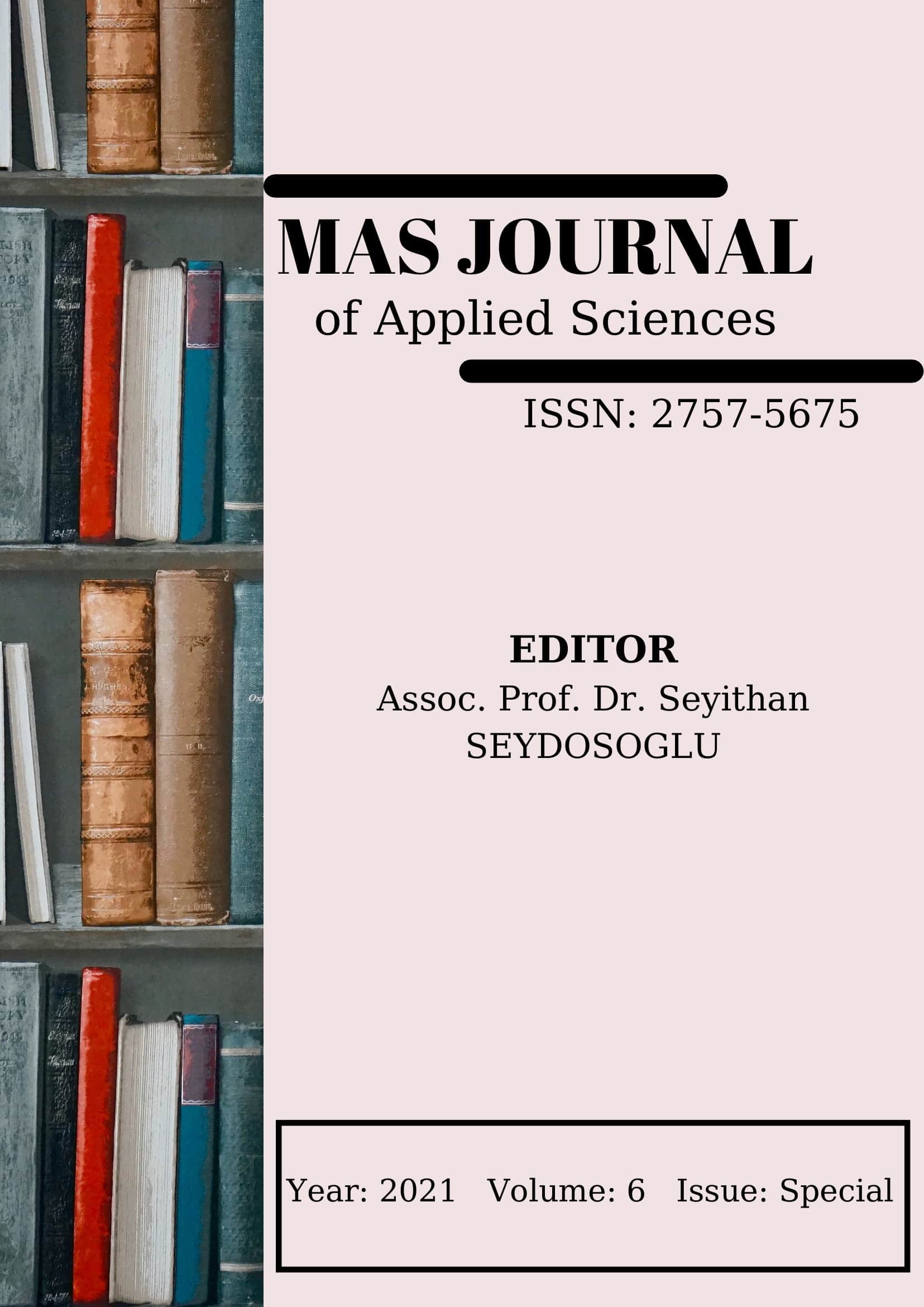Watermelon Cultivation in Siirt Conditions As a Second Crop
DOI:
https://doi.org/10.52520/masjaps.190Keywords:
Second crop, Watermelon, SiirtAbstract
Watermelon can be grown not only as a main crop but also as a second crop. However, it should be inevitable to grow watermelon vegetable, grows better at high temperature, in areas with water availability (fields/gardens/greenhouse etc.) and in terms of economical use of irigation water. Watermelon is a vegetable that is consumed at every meal, especially in summer, and the product obtained in second crop cultivation is consumed even in local markets. In this research, the cultivation of watermelon as the second crop of Siirt ecology, which has a long summer season with high temperatures, was tried. Watermelon lines and genotypes (11) in the gene pool of Horticulture department were used as vegetative material. The experiment was carried out under the conditions of the producer (farmer) and in three replications. In the research established by direct seed sowing after the wheat harvest (17 June); fruit width (cm), fruit length (cm), average fruit weight (kg) and yield (kg / da) measurements were made. While the highest value in terms of fruit width values was obtained from our old local genotype (number 3), this genotype was followed by the no.12 hybrid obtained as a result of triple crossing. In terms of fruit height values, it has been determined that the highest value belongs to the F1 line (line 12) obtained as a result of triple hybrid. Genotype number 3, one of our old local genotypes, has the highest value in terms of average fruit weight values. In terms of yield values, the line number 12 has the highest value, while the commercial (standard) variety used in the research has taken the second place in terms of yield values. It has been determined that the Southeastern Anatolia region in general and the Siirt conditions in particular are suitable for the second crop and cucurbits (especially watermelon), which react positively at high temperatures.
Downloads
Published
How to Cite
Issue
Section
License
Copyright (c) 2021 The copyright of the published article belongs to its author.

This work is licensed under a Creative Commons Attribution-NonCommercial 4.0 International License.


